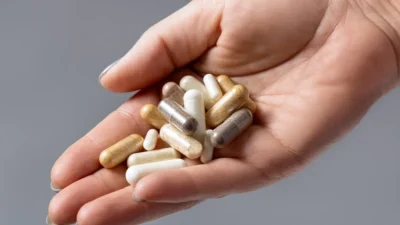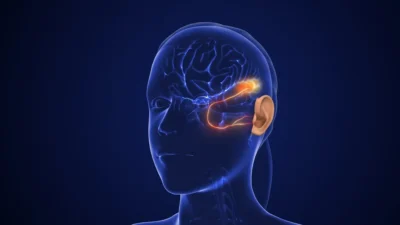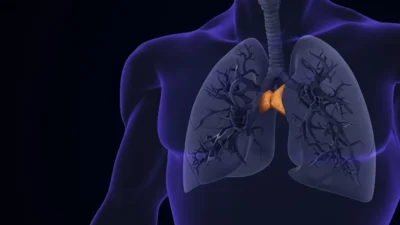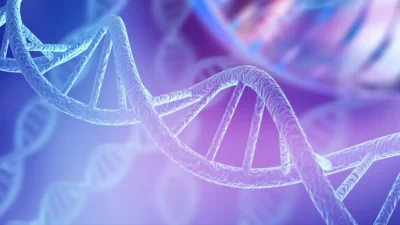By now, the race to discover regenerative factors present in blood has been underway for a number of years, with numerous researchers seeking a “secret sauce” in blood that has the potential to rejuvenate aged tissues and organs.
A fork in the road
It is clear from previous animal studies going back over a decade that it is possible to rejuvenate an animal via factors found in blood. Researchers such as Irina and Michael Conboy first demonstrated back in 2005 that rejuvenation was possible by joining aged and young mice together to share circulatory systems, which is known as parabiosis [1].
The aged mice were shown to benefit from exposure to the younger systemic environment, and their tissues were rejuvenated. This led to the conclusion that one or two things had happened: that factors in young blood had rejuvenated the old mice or that parabiosis had caused the dilution of inhibitory, pro-inflammatory factors, which stop tissue from repairing properly and accumulate with age.
What we are now seeing is a divergence of approaches, with scientists broadly following one of the above two paths to rejuvenation. The Conboys in particular believe that what you remove from old blood is more important than what you put in, and they are busy developing a blood filtering therapy that can “scrub” aged blood of the handful of primary pro-aging factors that prevent tissue regeneration.
Groups such as Alkahest and Elevian are busy searching for the secret sauce in young blood in the hope that identifying key factors might lead them to rejuvenation.
Fooling the brain into thinking that it has exercised
Researchers led by Dr. Saul Villeda at the University of California, San Francisco have published a new study that builds on the second path and the search for beneficial factors present in blood. These researchers demonstrate that a particular factor in the blood of aged mice that exercise regularly can convey the beneficial effects of exercise on neurogenesis and cognition in the brains of aged mice.
To trace the factor responsible for this, the researchers took the blood from active old and middle-aged mice that frequently ran on their cage wheels and then transfused it to old mice that had no wheel and were sedentary.
The sedentary mice that were given the blood a total of eight times during a 3-week period were almost as good at learning and memory tests, including maze navigation, as the active mice. A control group of old mice that were sedentary and got blood from another group of sedentary old mice saw no such improvement.
The researchers noted that the inactive mice that got blood from the active mice also grew around twice as many new neurons in the hippocampus, the area of the brain associated with learning and memory. This increased neurogenesis was similar to that observed in active, exercising mice.
The researchers identified the factor responsible by examining the blood of the active mice and seeing which factors increased when they exercised. This led them to identify an enzyme called glycosylphosphatidylinositol specific phospholipase D1 (Gpld1) which is created in the liver.
To see if this was the factor responsible, the researchers injected the Gpld1 gene into the tail vein of aged, inactive mice, causing that enzyme to increase in production. After a period of 3 weeks, their cognitive performance and neurogenesis was similar to the active, exercising mice.
Intriguingly, the researchers did not find a large amount of Gpld1 in the brains of the active mice, which suggests that it does not cross the blood-brain barrier. It is likely that its influence on the brain derives from cleaving other proteins from the membranes of cells, allowing the freed molecules to enter the bloodstream and thus lower systemic inflammation.
A reduction of inflammation, especially in the brain, would likely result in increased neurogenesis and improved cognition, as supported by previous studies showing that a reduction of systemic inflammation spurs rejuvenation.
Finally, they also examined a group of elderly people who exercised regularly and compared them with an inactive group and found that Gpld1 levels in the blood of the active group of people was significantly higher. This is particularly promising and suggests that the mouse results seen here have good potential to translate to people.
Dr. Villeda and his team now aim to find a drug that can mimic these beneficial effects and that could be given to older people who are too frail to exercise.
Reversing brain aging may be possible through systemic interventions such as exercise. We found that administration of circulating blood factors in plasma from exercised aged mice transferred the effects of exercise on adult neurogenesis and cognition to sedentary aged mice. Plasma concentrations of glycosylphosphatidylinositol (GPI)–specific phospholipase D1 (Gpld1), a GPI-degrading enzyme derived from liver, were found to increase after exercise and to correlate with improved cognitive function in aged mice, and concentrations of Gpld1 in blood were increased in active, healthy elderly humans. Increasing systemic concentrations of Gpld1 in aged mice ameliorated age-related regenerative and cognitive impairments by altering signaling cascades downstream of GPI-anchored substrate cleavage. We thus identify a liver-to-brain axis by which blood factors can transfer the benefits of exercise in old age.
Conclusion
There can be little doubt that blood factors have the potential to rejuvenate aged tissue and organs, and likely the first fruits of this work will arrive in the not-too-distant future. The debate around removing factors from old blood versus putting them in is also likely to be resolved before too long, and it could always be the case that both approaches have an effect. Time and further experimentation will tell.
Literature
[1] Conboy, I. M., Conboy, M. J., Wagers, A. J., Girma, E. R., Weissman, I. L., & Rando, T. A. (2005). Rejuvenation of aged progenitor cells by exposure to a young systemic environment. Nature, 433(7027), 760-764.








